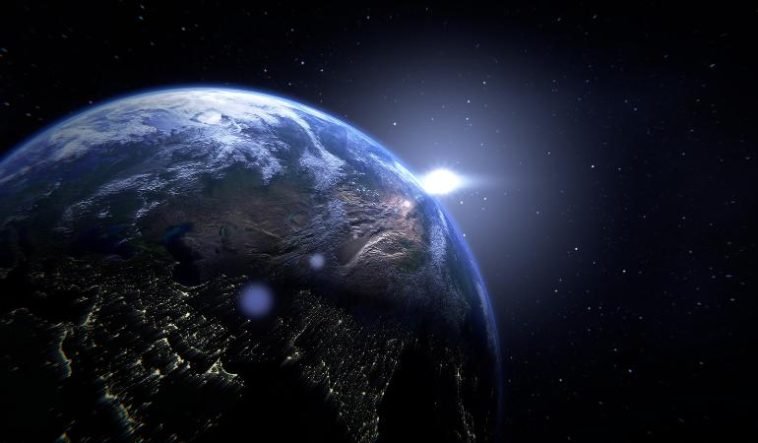Scientists detected a newly discovered asteroid, 2023 DW, which has been added to the European Space Agency’s Risk List due to the potential risk of impact on Earth.
NASA’s Asteroid Watch has also confirmed that the asteroid could collide with Earth on February 14, 2046. While the chances of impact are low, it is still a cause for concern, and scientists will continue to monitor the asteroid’s trajectory and update predictions as more data is collected.
The asteroid measures around 49 meters in diameter, which is roughly the size of an Olympic swimming pool. According to projections by the European Space Agency, the asteroid has a one in 625 chance of colliding with Earth, while NASA’s Jet Propulsion Laboratory’s Sentry system estimates a chance of one in 560. Although it’s the only object on NASA’s risk list that ranks 1 out of 10 on the Torino Impact Hazard Scale, the chance of collision is still extremely unlikely, with no cause for public concern.
It’s not uncommon for newly discovered asteroids to appear more threatening when first observed due to the limited observation sets. As additional observations become available and uncertainties in the object’s orbit are reduced, the threat associated with a specific object will decrease. It is, therefore, essential to continue monitoring the asteroid to reduce uncertainties and predict its orbit years into the future accurately.
The asteroid’s proximity to the moon may cause difficulty in collecting new data in the coming days, but it will remain observable for weeks, even months, allowing scientists to gather sufficient observations. The asteroid’s closest approach to Earth is predicted to be about 1.1 million miles (1.8 million kilometers), which is relatively far away.
While the asteroid’s potential impact is not an immediate cause for concern, it serves as a reminder of the importance of monitoring the skies for potentially dangerous objects. NASA and other space agencies around the world are continually monitoring space for any objects that could pose a risk to Earth. The discovery of new asteroids and comets provides crucial data that helps scientists better understand our solar system and the potential threats to our planet.
In conclusion, the detection of 2023 DW serves as a reminder of the importance of continued monitoring of space for potentially hazardous objects. While the asteroid’s potential impact is unlikely, scientists will continue to collect data and update their predictions to ensure that we are prepared for any potential threats. The discovery of new objects in space not only expands our knowledge of the universe but also provides valuable information that helps protect our planet and ensure our safety.
How Dangerous This Asteroid Is?
2023 DW, a recently detected asteroid, has caused a stir in the scientific community due to its positioning as the only object on NASA’s risk list that ranks 1 out of 10 on the Torino Impact Hazard Scale. However, despite its top ranking, the asteroid is not considered a major threat to Earth as it has been assessed to pose “no unusual level of danger at this time. Though, the possibility of impact may change as more data is gathered and additional analysis is performed. NASA officials have cautioned that the odds of a collision could be significantly modified as more observations of 2023 DW are made. While the asteroid has a very small chance of hitting Earth in 2046, it is not currently viewed as a significant danger to our planet.


